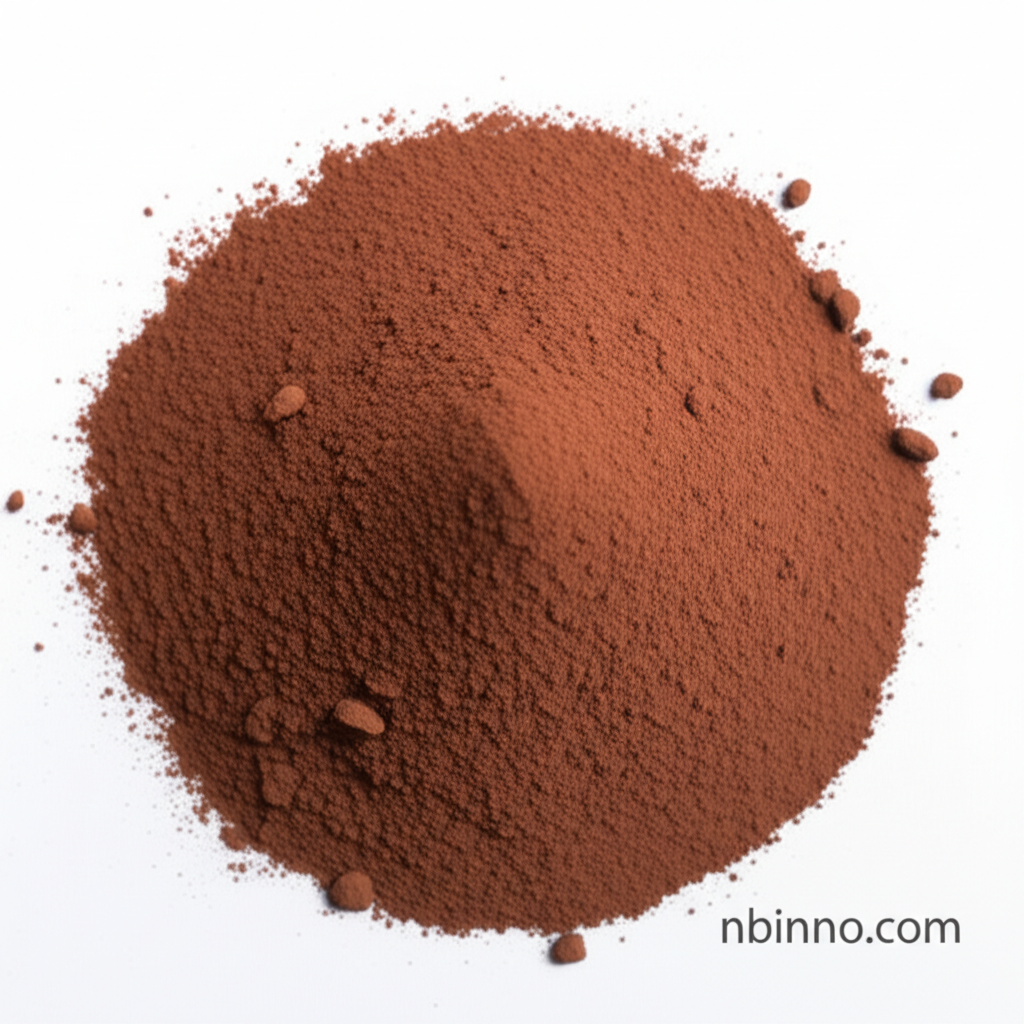Purpurin CAS:81-54-9: Properties, Applications, and Synthesis of a Key Organic Material
Discover the essential properties and diverse applications of Purpurin, a vital compound for advanced material science.
Get a Quote & SampleProduct Core Value

Purpurin
Purpurin (CAS:81-54-9) is a key organic compound with significant utility in the field of photoelectric materials, particularly within OLED technology. Its precise chemical structure and properties make it a valuable component for advanced electronic applications. Understanding its Purpurin chemical structure is crucial for optimizing its performance in various devices.
- Exploring the Purpurin organic material applications reveals its importance in the development of next-generation displays and lighting.
- The Purpurin CAS 81-54-9 properties are critical for researchers and manufacturers aiming for high-performance materials.
- The Purpurin solubility in specific solvents like DMSO and methanol is an important consideration for processing and formulation.
- Sourcing high-quality Purpurin powder from reliable suppliers ensures the integrity and efficacy of the final products.
Key Advantages
Purity and Quality
The availability of high quality Purpurin powder ensures reliable performance in sensitive applications like OLEDs, minimizing batch-to-batch variations.
Versatile Applications
The Purpurin organic material applications extend across various sectors within advanced electronics, driven by its unique photoelectric properties.
Precise Chemical Properties
Detailed knowledge of Purpurin CAS 81-54-9 properties, including its melting point and solubility, aids in precise material selection and process design.
Key Applications
OLED Technology
Purpurin is integral to the development of OLED devices, contributing to their light-emitting efficiency and performance characteristics. Understanding Purpurin organic material applications is key to advancing display technology.
Photoelectric Materials
As a specialized organic compound, Purpurin plays a role in various photoelectric applications, leveraging its unique electrical and optical properties.
Chemical Synthesis
The compound's defined Purpurin chemical structure makes it a subject of interest in organic synthesis, with potential for further material development.
Material Research
Researchers often investigate materials like Purpurin for their potential in novel electronic and optical applications, driven by data on buy Purpurin powder for experimental purposes.
